
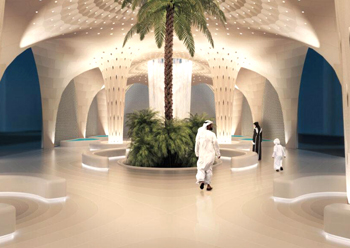 Urban Dunes project ... proposed for Abu Dhabi.
Urban Dunes project ... proposed for Abu Dhabi.
Barberio Colella Architetti, an architectural and research firm based in Italy, has envisioned a 3D printed vault space within its ambitious Urban Dunes project in Abu Dhabi as an urban microclimate in the UAE.
Designed to span 1,000 sq m, the Urban Dunes project’s sculptural, sand dune-like form is integrated with iconic elements such as mashrabiya, vaulted spaces, water basins, fountains and palms.
Through this sustainable solution, the Italian group along with architect Angelo Figliola, aims to reduce the heat island effect for the extreme climate of Abu Dhabi.
The architectural duo has elaborated a design proposal based on deep awareness of the climatic context of Abu Dhabi and UAE’s traditional architecture, such as elegant vaulted spaces, vernacular shading devices and cold-water basins.
Barberio Colella Architetti says the main architectural idea behind the project was to ideally lift up a thick layer of sand to create an urban ‘oasis’ which mixes passive and low-tech active systems to maximise the outdoor thermal comfort calculated with the UTCI index.
For adaptability, it has proposed a modular design to fit a variety of spatial settings. The basic module, a square, can be extended to create everything from an L-shaped layout to a courtyard.
Each module would be made from 3D-printed blocks that stack together to create a vault with a thickness of 55 cm, which will help avoid the overheating of the urban space thanks to the high thermal mass of the shell, acting as a main passive strategy, it adds.
The Italian firm says the vault is composed of several stereotomic blocks made of 3D printed sandstone, using the local sand as a primary material.
The sand is made solid by using the binder jetting technology, which is capable of fabricating big blocks with a high level of precision. The sand is mixed with a heat reflective cool pigments to increase surface reflectance and to reduce surface heat build-up, thus reducing energy consumption through lower cooling requirements.
Barberio Colella Architetti says the space below the vault represents an urban microclimatic zone protected from the sun using a vernacular shading device, the mashrabiya.
“The vaulted spaces below are also optimised with elegant mashrabiya, a type of perforated window screen to enable natural ventilation. The incoming airflow is cooled by the water basins placed around the interior as well as the two waterfall fountains and palm trees in the centre. Earth pipes are laid underground to feed water to the fountains and basins,” says a company spokesman.
The space under the shell is also naturally ventilated with the use of a low-tech system as the earth pipes and four mini wind catchers are placed by following the CFD analysis, he adds.














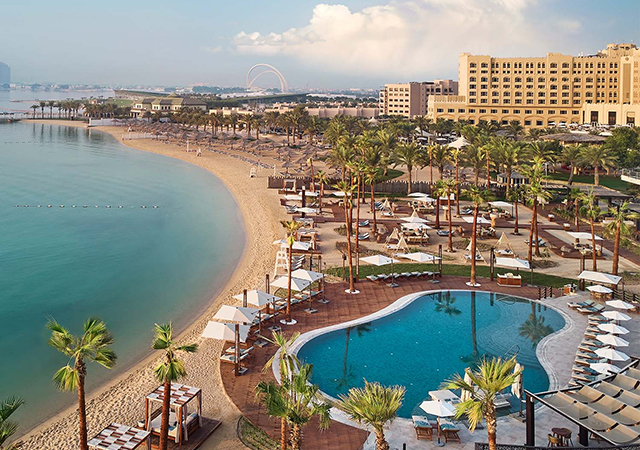

.jpg)












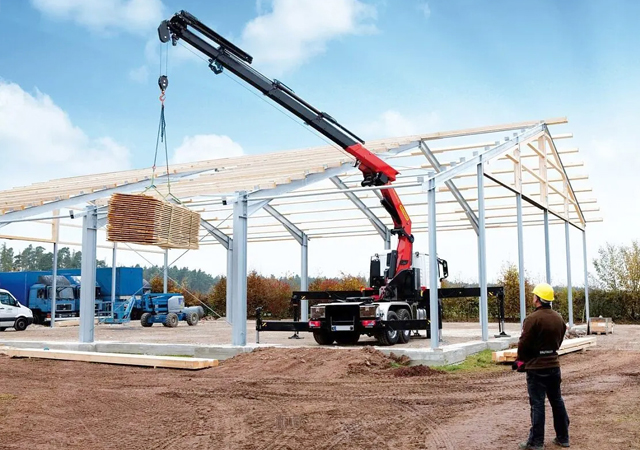





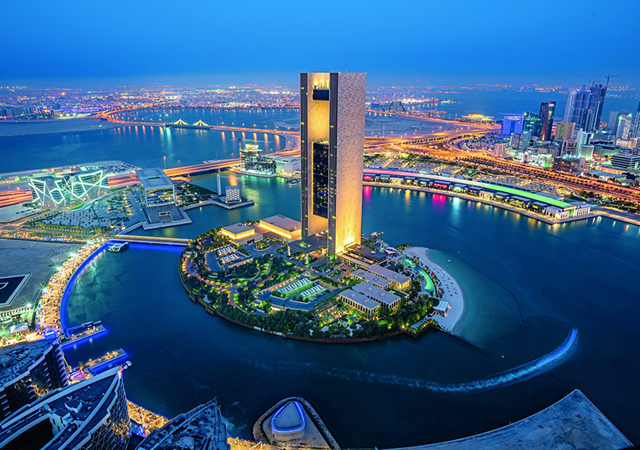





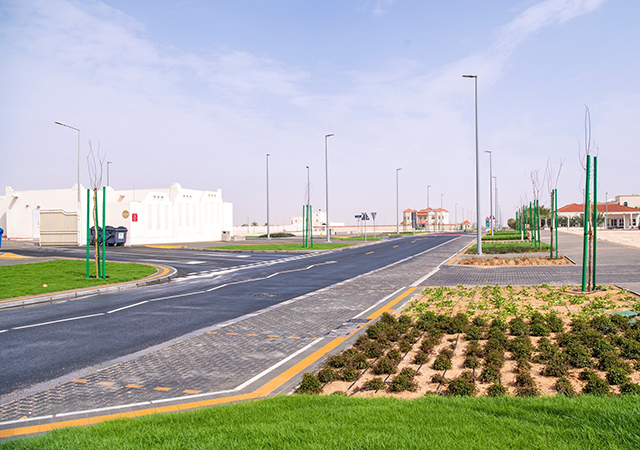




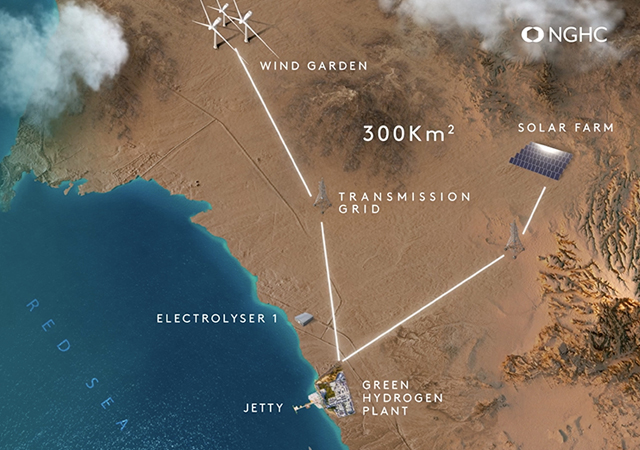

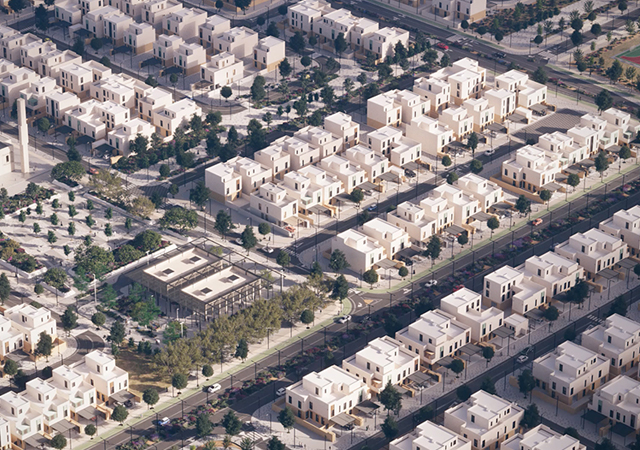


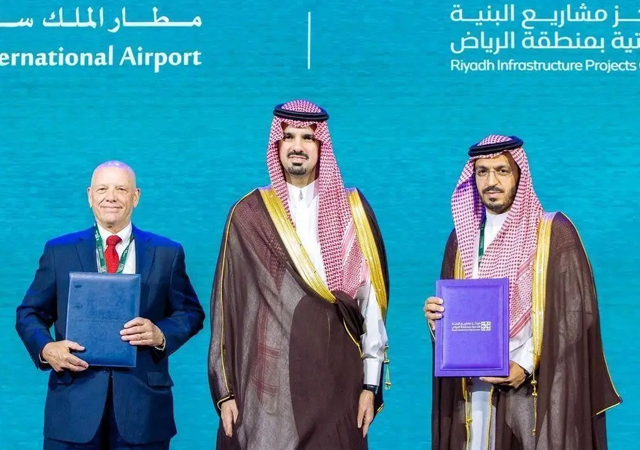






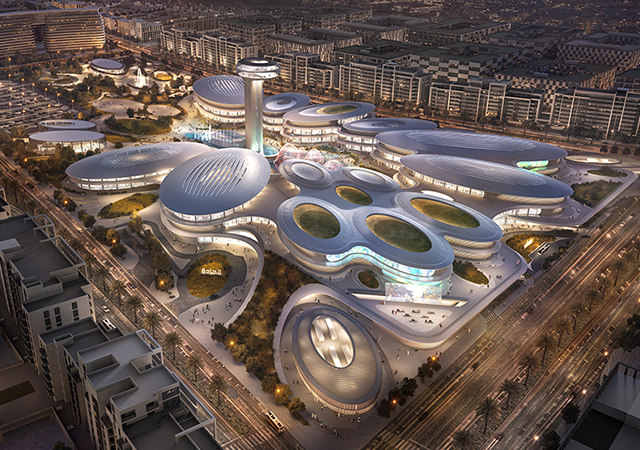



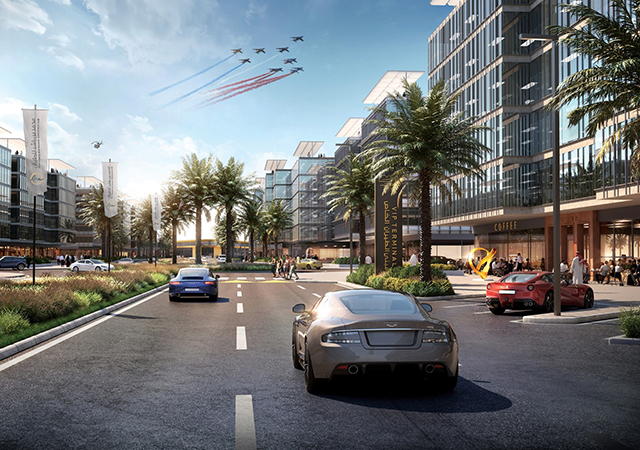
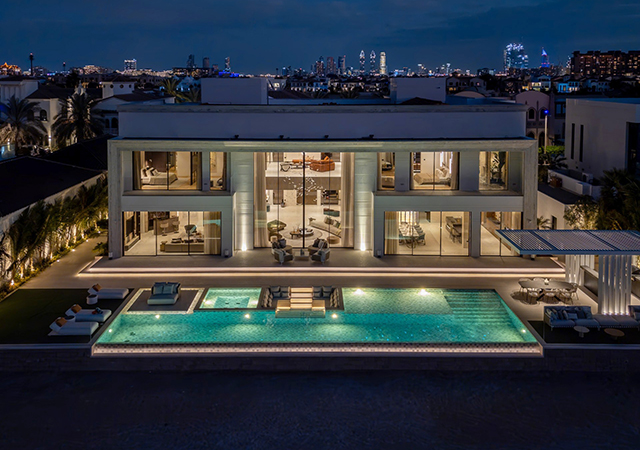

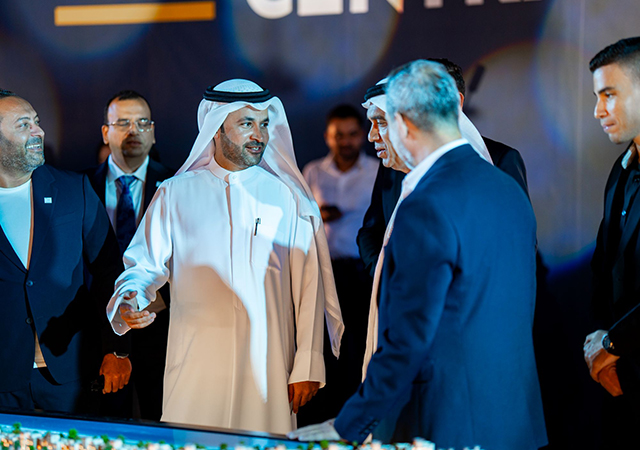



.jpg)




.jpg)






.jpg)